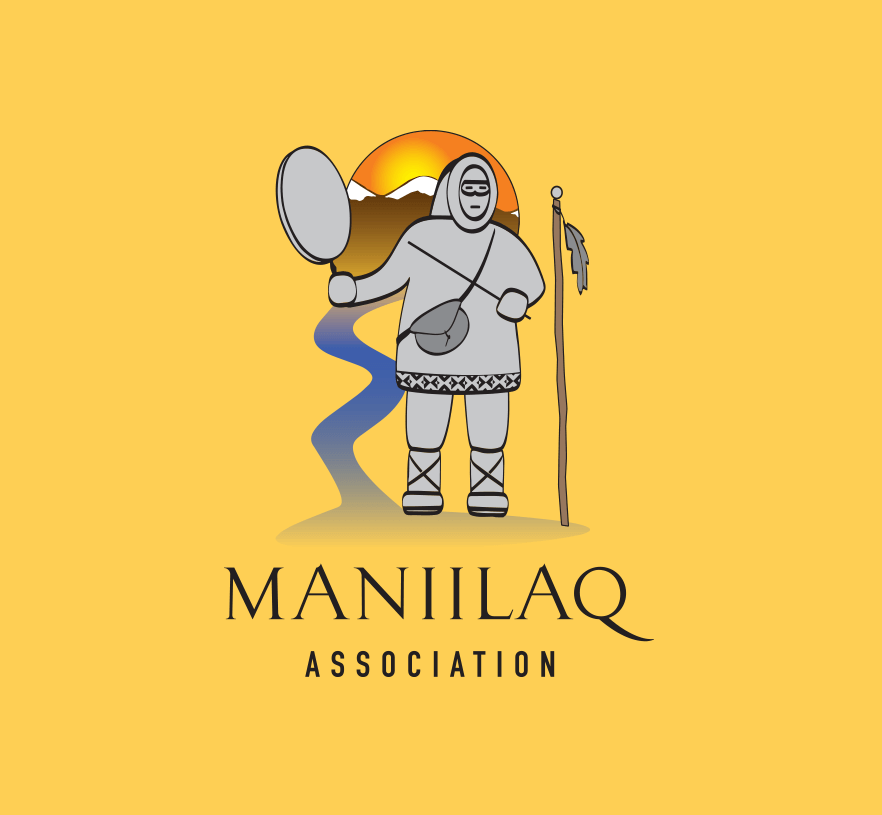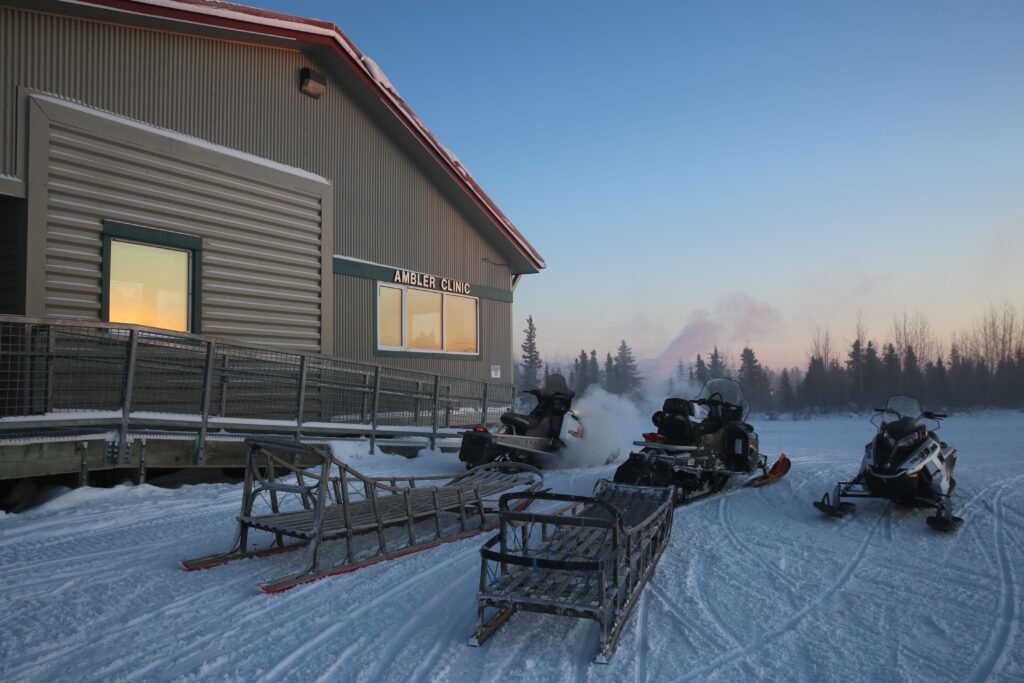Ambler
Location
Ambler is located on the Kobuk River 45 miles north of the Arctic Circle and 138 miles northeast of Kotzebue. It is thirty miles northwest of Kobuk and thirty miles downriver from Shungnak.
Culture
The population of Ambler is 309. The residents are mostly Kowagniut Iñupiat Eskimos, who lead a traditional subsistence lifestyle, dependent on chum salmon and caribou for main food sources. Freshwater fish, moose, bear, and berries are also harvested.
History
Ambler was permanently settled in 1958 when people from Shungnak and Kobuk moved upstream because of the variety of fish, wild game and spruce trees in the area. A post office was established in 1963.
Economy
Subsistence is a major part of the Ambler resident’s lifestyle; cash employment is limited to the school, local government, Maniilaq Association village clinic, and local stores. Seven residents hold commercial fishing permits. Birch baskets, fur pelts, and jade, quartz, bone and ivory carvings are sold in gift shops throughout the state. The community is interested in developing a lapidary facility for local artisans.
Transportation
Ambler’s major means of transportation is plane, small boat, and snow machine. There are no roads linking the city to other parts of the state. The village has a state-owned, 3,000′ lighted gravel airstrip, with a 2,400′ crosswind airstrip. The airstrip, located 1.5 miles from the village, has recently undergone major improvements. Daily scheduled airline services are provided out of Kotzebue, and air taxis provide charter flights to neighboring villages. Crowley Marine Services barges fuel and supplies to Ambler each summer. Boats are used for inter-village travel and subsistence activities, while ATV’s and snow machines are commonly used in winter.
Facilities
There are three stores, a National Guard Armory, community hall, health clinic, church, and sewer and water project in Ambler. The village also has a city council, police officer, magistrate, and a volunteer fire department, as well as a school serving grades K-12. The main source of water comes from a well near the Kobuk River. Water is pumped 940 feet to the treatment facility and stored in a 210,000-gallon insulated tank, then piped to 57 homes currently served by the water and sewer system.

